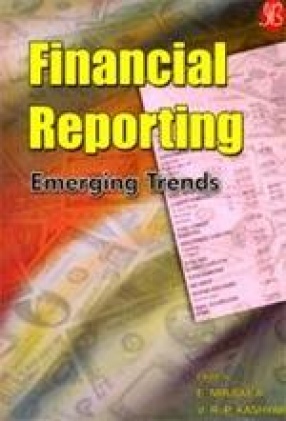
V.R.P. Kashyap

Showing all 9 books

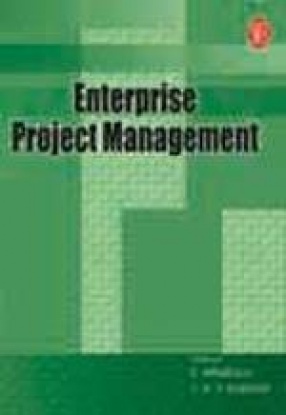

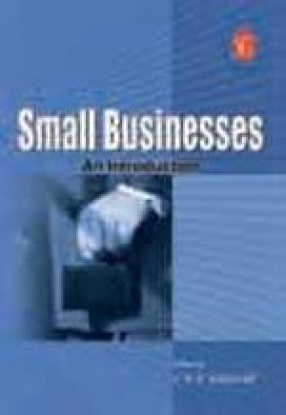

Financial reporting is a means for an organization to communicate its past actions and proposed future plans to the owners, investors or to the society, as they are either the present or the potential stakeholders in business. In the recent past, a number of instances have come to the fore, where loopholes in the traditional financial reporting system have been exploited to provide misleading information to the investors, while hiding the real financial position ...

Multinational companies (MNCs) have expanded around the world and Transfer Pricing (TP) practices help them enjoy a reduced tax liability. TP refers to internal pricing arrangements to exchange goods, services and other tangible and intangible assets among an MNC’s subsidiaries. This book looks at TP’s emerging issues, arbitrage and TP and Chinese, Mexican and Canadian experiences.
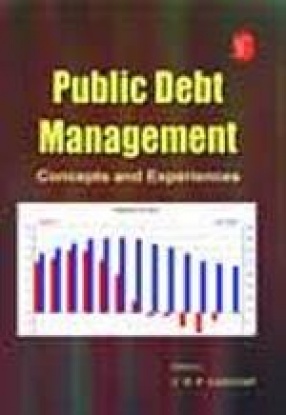
Public Debt Management (PDM) is the process of trying to raise the government’s debt portfolio in order to meet its obligations, and balance its cost and risk objectives. PDM is of great importance because it influences the economic policies of a country. Also read the country experiences of India, US, Mexico, Argentina, Brazil, UK and Russia.

This derivative book deals with revenue-the biggest item in financial statements and perhaps the most contentious. E-commerce and new business models have created different revenue streams to be accounted for, thereby laying great stress on Revenue Recognition (RR). Read this book to know all about RR such as the right to recognize revenue, revenue & expense recognition, its perils and audit issues and RR policies in telecommunications, pharmaceutical ...

EPM helps to minimize cost, time and budget overruns. This book discusses EPM as an essential management approach and explores two other approaches of project management, which are Project Portfolio Management (PPM) and Project Management Office (PMO). Find out more about EPM, strategies of companies that implement EPM as well as the relationship between PMO and EPM.

This book on family businesses will strike a chord in every reader in terms of its content and style. India too has a tradition of family businesses that are examples of entrepreneurship and control. Today, running a family business means dealing with succession planning, transferring the family business, managing sibling rivalry, and effective leadership.

A small business is a small and independently owned and managed entity in its field that has been hailed as an "incubator of innovation." It creates general prosperity and economic growth of society due to its flexibility and simplicity. This book deals with issues of small businesses and gives live examples of small firms in India, Thailand, Russia and Europe.
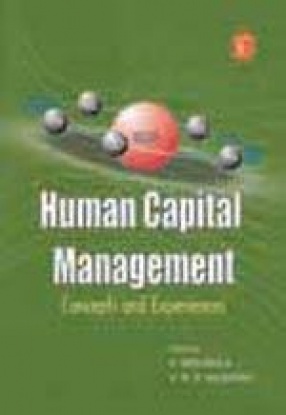
Human Capital Management (HCM) is all about collecting and assessing specific information to attract and retain the cream of talent. It plays a significant role in managing the firms most important asset-its people. HCM is a process of improving the performance of the people-its skills, competencies and experience-that render an organization more valuable.
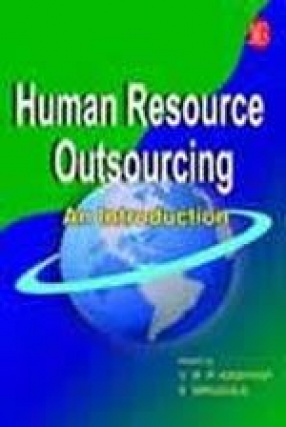
This is one of the fastest growing areas of outsourcing. Today, not just payroll and recruitment, but many other functions of HR such as training and development and performance appraisal are being outsourced since this provides a cost and time advantage. This book also details the experiences of Accenture and Aon Consulting, among others.
